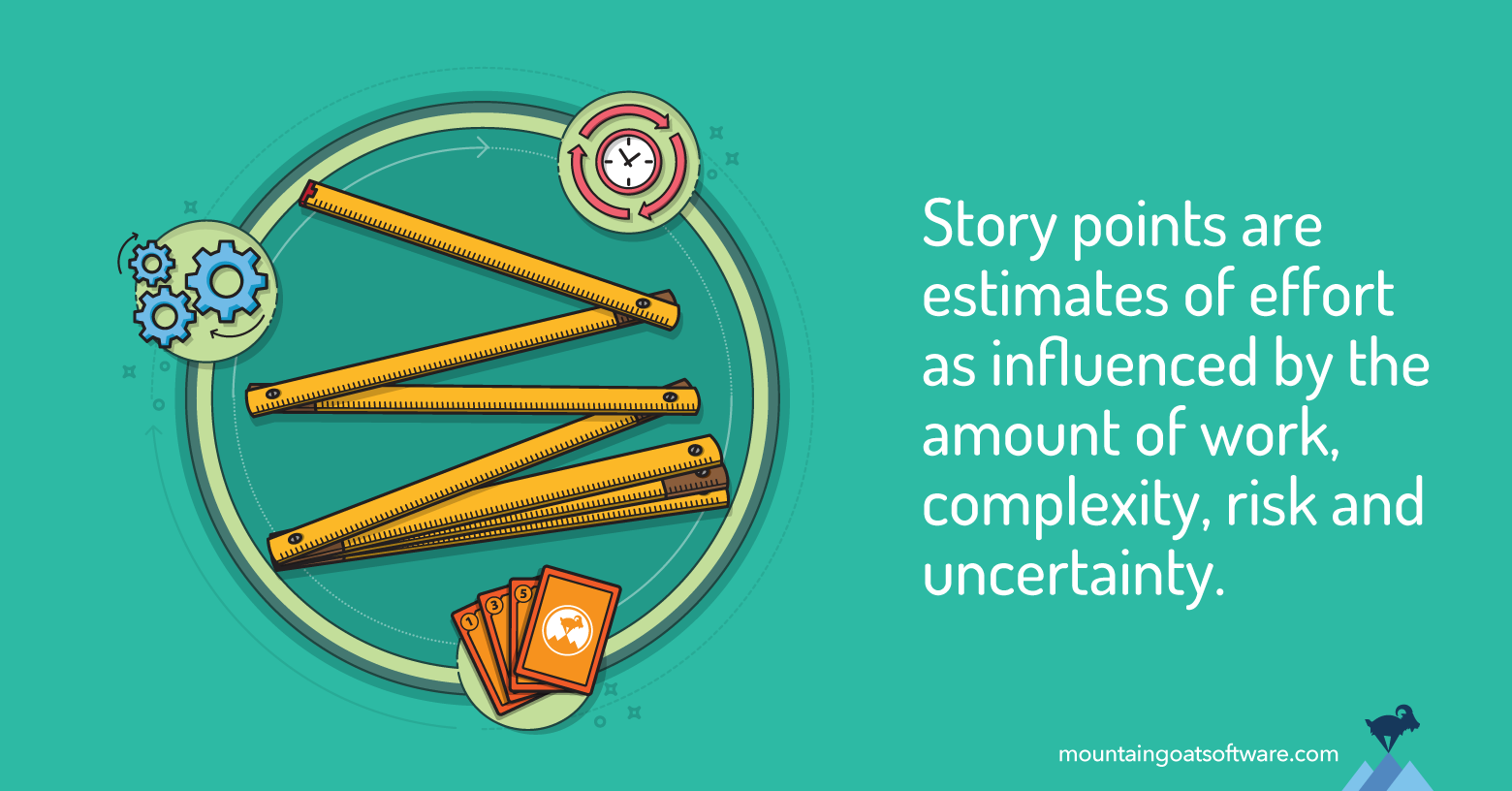Scrum Planning Poker Story Points
Lots of Scrum teams have been using story points and planning poker for relative sizing.



However, this is one of the concepts like pointers in C, which troubles most of the teams and they all have their own interpretations on the subject. Lots of material has been written. However it becomes difficult to join all the dots together for any team-member to digest at one place. This series of posts is an attempt to simplify learning and make the concept as clear as possible.
Some of the posts were written in the past and some I am writing now in order to have completeness around the subject. This list will keep getting updated as I write new posts on the subject.
Please share your queries/doubts (which you don’t see in this list) in the comments and I’ll work on creating a post on them.
- Why to Use Relative Sizing? – New*
- What is a Story Point? – New*
- Who all Participate in Story Point Sizing Activity – New*
- How to do Story Point Sizing with Planning Poker? – New*
- How to Forecast the Number of Story Points for a Sprint – New*
- Never Map Story Points with Hours – New*
- How to Handle Changes by PO During Running Sprint
- How should We Size Non-Functional Stories
- Should We Revisit the Story Point Baseline as the Team Matures
- Should We Count Story Points for Unfinished Stories? – New*
- Agile Contracting

Voting (Planning Poker) During the Sprint Planning meet, the Product Owner spends about a minute explaining the PBI that needs to be have Story Points assigned. In the next minute or two Pigs ask questions to get clarity. Note: This is not a feature discussion meeting. Pigs and Product Owner should have a good idea about the PBIs prior to the. The Planning poker application is a fun way to increase the common understanding of the Agile project requirements by the entire team. By playing poker with the estimations, team members will be able to: - Validate their understanding of what is being requested by the ProductOwner or Product Manager - Enhance other people's knowledge on the topic by explaining their arguments - Learn new.
Scrum Planning Poker
How Mature Teams Story Point. By Planning Poker. Anything you’ve ever read about scrum will tell you: a story point measures complexity, not time. It’s a hard concept to get; it took me 5 years to finally understand the nuances. Much of Scrum's value to an organization is in creating transparency. 100% agreement isn't the real point of planning poker; the goal is actually to narrow the cone of uncertainty around feature estimates as much as possible, and to make the level of effort and potential project risks of each story visible to stakeholders through their chosen proxy, the Product Owner.